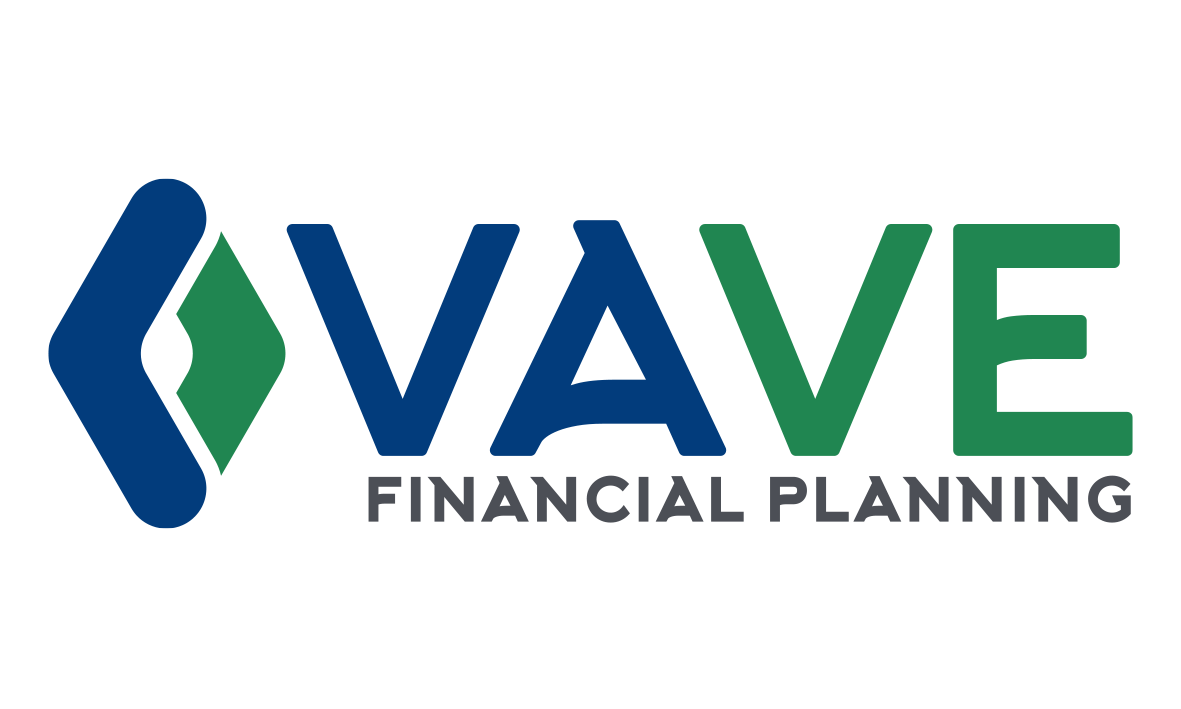Now that it's 2018, here's 5 warm-up exercises to help get your finances back on track:
Refocus on Your Financial Goals
Take 10 minutes to think about what type of financial goals you set for yourself. If you haven't gone through the exercise, consider short, medium, and long term goals and what your plan is to get you there. Have your goals changed? How is your progress? Take a look at what's important to you and establish some financial priorities as discussed in this post.
Calculate Your Net Worth
The hard part about calculating your Net Worth is organizing all your statements. This exercise will force you to organize and will give you some perspective of where you are now financially. Start by making a list of all your assets (House, RRSP, TFSA, etc..) and then gather the liabilities (mortgage, other debts). When you have calculated your Net Worth, take a look at how you can increase it in 2018. Perhaps it is spending less so you can save more. Perhaps 2018 will be the year you look at your Mutual Fund fees of 2% to 3% and figure that it is way too high for what you are getting. Perhaps you can make some more aggressive plans to pay off your debt. Seeing your Net Worth on a page can help give you some perspective on how you're doing financially and give you some insight into potential opportunities.
Re-visit Your Budget
Now you may or may not have a budget. if you don't, then it's a good idea in order to figure out where your money is going (Here's a link to help you create one). If you had a budget for 2017, then take a look at how you did. Where you over/under on some items? Were there some unexpected purchases/emergencies? You should modify your budget based on last year's to provide a more realistic look at what 2018 will look like. Try out some new ways to keep on budget or perhaps try a different money system like the 3 Account Cash Flow Method.
Begin Tax Planning
No one wants to talk about taxes, but the start of the year is a good time to start thinking about some opportunities. Were you in a higher tax bracket last year because of an unexpected bonus? Perhaps you were in a low tax bracket due to part time work or a maternity leave. All these will factor how much tax you may be getting refunded or will have to pay. Depending on your 2017 situation, you may decide to NOT make an RRSP contribution or to borrow to contribute (Here are a few reasons why). In addition, if you are able to forecast what your taxable income will be for 2018, you can also make decisions ahead of time to lesson your tax burden and to automate your savings/investments in the most tax efficient manner.
Invest in RRSP/TFSA/RESP
Now that it is the new year, you will have additional TFSA space ($5,500) and RRSP space. You can also contribute to your child's RESP for 2018. Depending on the 'Tax Planning' step you took (see above) you can decide if you want to invest in your 2017 RRSPs or TFSAs and what your investing strategy will be for 2018. As previously mentioned in this post, there are a few factors when you are deciding between using an RRSP or TFSA for retirement. The start of the year can also be a good chance to automate these investments if they haven't been automated yet.
Summary
If you are looking for some assistance to help understand your financial situation, consider a Financial Plan for your family. For a free 30 minute consultation, contact me!
